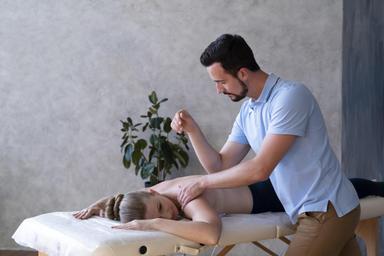
Breast Cancer Screening Tests
24 Oct, 2024
 Healthtrip
HealthtripWhen it comes to breast cancer, early detection is key. The American Cancer Society estimates that in 2022, there will be over 287,000 new cases of invasive breast cancer diagnosed in women in the United States alone. However, thanks to advancements in medical technology and screening tests, breast cancer deaths have been declining over the past few decades. But, the journey to recovery begins with awareness and proactive measures. As a woman, taking charge of your breast health is crucial, and it all starts with understanding the various breast cancer screening tests available.
Understanding Breast Cancer Screening Tests
Breast cancer screening tests are medical exams that help identify abnormal cell changes in the breast tissue. These tests are designed to detect breast cancer in its early stages, even before symptoms appear. The goal is to diagnose breast cancer at a stage when it's most treatable. There are several breast cancer screening tests, each with its own benefits and limitations. Let's dive into the most common ones.
Most popular procedures in India
Mammography
A mammogram is a low-dose X-ray of the breast tissue. It's the most commonly used screening test for breast cancer. During a mammogram, the breast is compressed between two plates to produce a clear image. This helps doctors identify any abnormalities, such as tumors or calcifications. Mammograms can detect breast cancer up to two years before symptoms appear. The American College of Radiology recommends that women between 40 and 49 years old discuss their individual risk factors with their doctor to determine the best screening schedule. For women 50 and older, annual mammograms are recommended.
Ultrasound
Breast ultrasound uses high-frequency sound waves to produce images of the breast tissue. It's often used in conjunction with mammograms to further evaluate abnormalities. Ultrasound is particularly useful for women with dense breast tissue, as it can help identify tumors that may be hidden on a mammogram. Additionally, ultrasound is used to guide biopsies and can help detect breast cancer in women with implants or scarring.
Wellness Treatments
Give yourself the time to relax
Lowest Prices Guaranteed!

Lowest Prices Guaranteed!
Magnetic Resonance Imaging (MRI)
Breast MRI uses a strong magnetic field and radio waves to produce detailed images of the breast tissue. It's typically used for women with a high risk of breast cancer, such as those with a family history or genetic mutations. Breast MRI is more sensitive than mammography, but it's also more expensive and may not be available in all areas.
Clinical Breast Exam (CBE)
A CBE is a physical exam performed by a healthcare provider to check for any abnormalities in the breasts. During the exam, the provider will visually inspect the breasts, check for any nipple discharge, and palpate the breasts to feel for any lumps or thickening. While CBE is an essential part of breast cancer screening, it's not a substitute for other screening tests.
Other Screening Tests
In addition to the above-mentioned tests, there are other screening tests that may be used in specific situations. These include:
Breast Tomosynthesis
Breast tomosynthesis, also known as 3D mammography, is a type of mammogram that produces a three-dimensional image of the breast tissue. It's particularly useful for women with dense breast tissue.
Automated Breast Ultrasound (ABUS)
ABUS is a type of ultrasound that uses a scanner to produce images of the breast tissue. It's often used to screen women with dense breast tissue.
Contrast-Enhanced Mammography
Contrast-enhanced mammography uses a contrast agent to highlight any abnormalities in the breast tissue. It's particularly useful for women with a high risk of breast cancer.
What to Expect During a Breast Cancer Screening Test
Before undergoing a breast cancer screening test, it's essential to understand what to expect. Here are some general tips:
Prepare for Your Appointment
Before your appointment, avoid wearing deodorant, perfume, or powder, as these can interfere with the test results. Wear a two-piece outfit to make it easier to undress for the exam.
During the Test
During the test, you'll be asked to remove your clothing from the waist up and lie on an examination table. The healthcare provider will then perform the test, which may take around 15-30 minutes, depending on the type of test.
After the Test
After the test, you may experience some discomfort or bruising, but this is usually temporary. Your healthcare provider will discuss the test results with you and recommend any further testing or treatment if necessary.
Conclusion
Breast cancer screening tests are a crucial part of women's health. By understanding the various tests available, you can take charge of your breast health and detect breast cancer in its early stages. Remember, early detection is key to effective treatment and survival. Don't wait – schedule your breast cancer screening test today!
Related Blogs
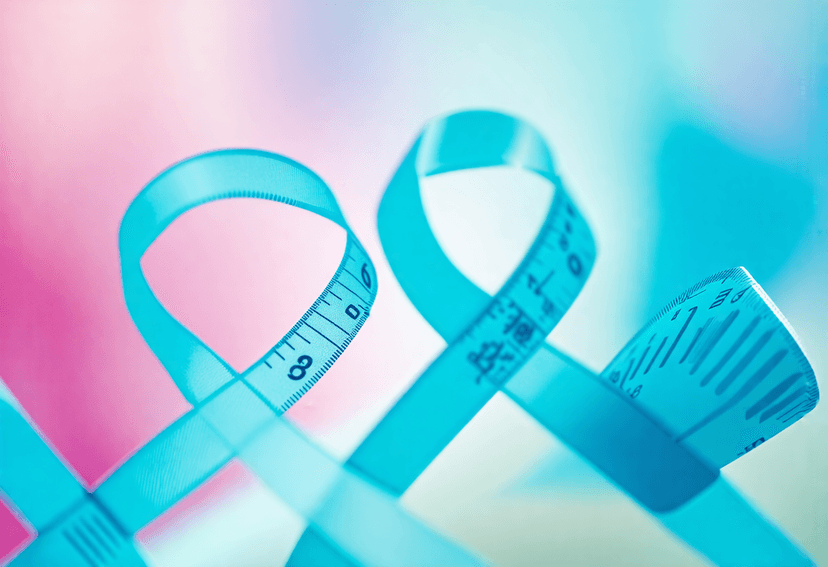
Understanding Cervical Cancer Screening Tests
Get informed about the different types of cervical cancer screening
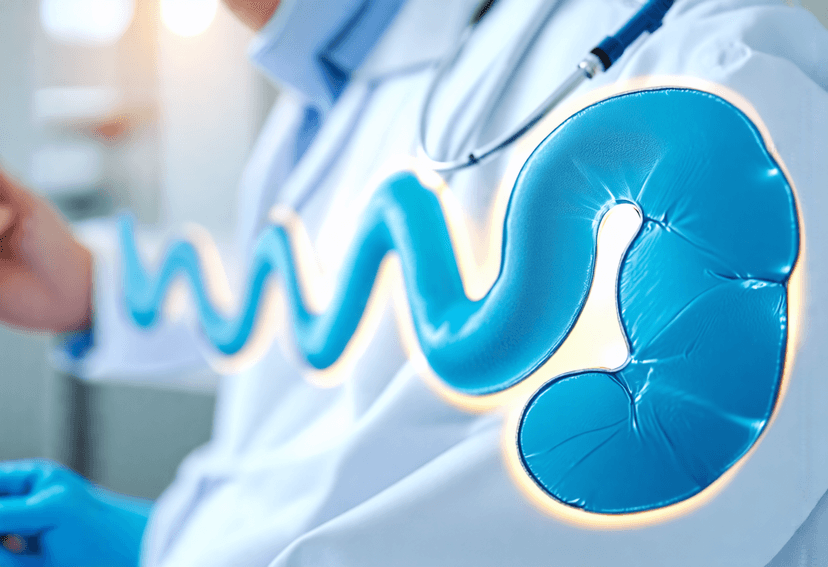
Gastric Cancer Screening: Tests and Procedures
Understand the tests and procedures of gastric cancer screening with
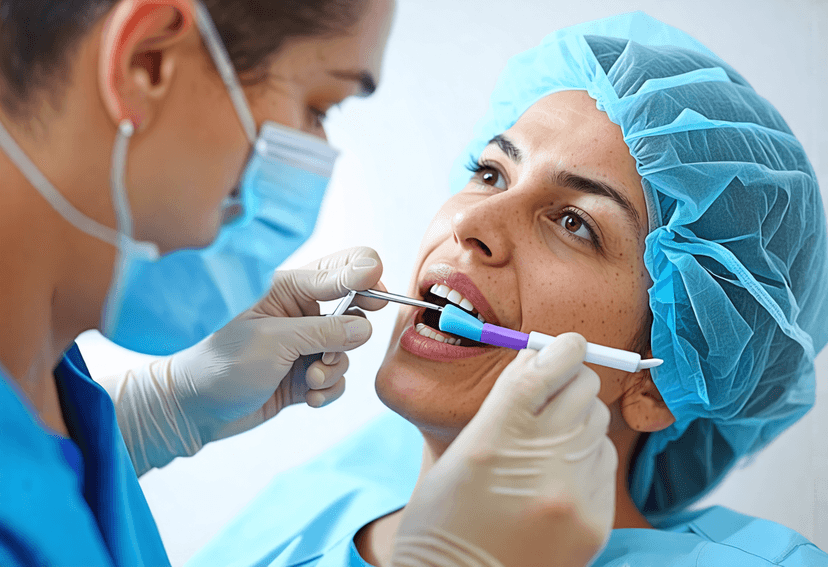
Mouth Cancer Screening: What to Expect
Mouth cancer screening is an essential part of early detection.
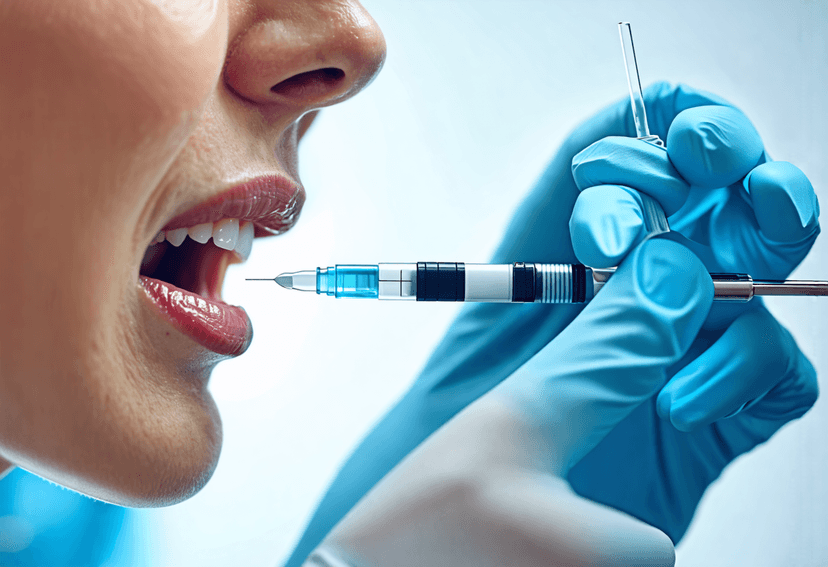
Early Detection of Mouth Cancer: Why It Matters
Early detection is key to successful mouth cancer treatment. Learn

The Importance of Cancer Screening
Raising awareness about the importance of early detection and screening

Cancer Screening: Why It's Important and What to Expect
Learn about the importance of cancer screening and what to








